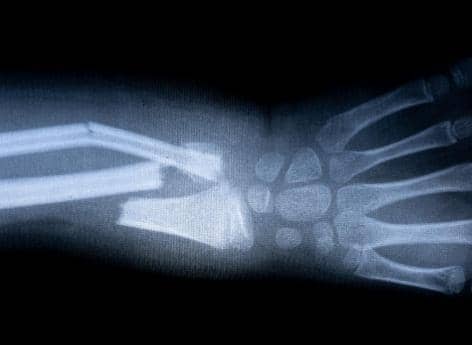Basic
- The number of fractures has increased steadily in recent years (10% every ten years in France).
- The main reason is the aging of the population.
According to a new study published in RaysThe new AI system, BoneView®, can provide invaluable assistance to emergency physicians and radiologists when diagnosing fractures.
30% reduction in the rate of undetected fractures
“We are delighted and proud to publish our ambitious clinical study using BoneView® in the journal Radiology, and its results are unmistakable with regard to the advantages of the intersection of AI and the practitioner: a 30% reduction in the rate of undetected fractures, while reducing the time required to read x-rays by 15%, In the tests selected for its difficulties, that is, with the so-called indistinct fractions, “ Greetings to Christian Alloush, Co-Founder of GLEAMER. Add : “In 10 years, the number of test results that radiologists have to analyze has doubled, while the number of radiologists has increased by only 20%.”
Prior to the start of the study, the BoneView® AI System was trained on 60,170 radiographs obtained from trauma patients. Then, between 2016 and 2018, 600 adults X-ray acquired after a recent trauma (with or without one or more fractures of the shoulder, arm, hand, pelvis, leg, or foot) were included in a group. Then six radiologists and six emergency physicians were invited to discover and locate the fractures with or without the BoneView® software. Sensitivity, specificity, and auxiliary and non-auxiliary reading times were compared after averaging the performance of each reader.
Average number of false positives per patient without a fracture decreased by 42%
Conclusion: AI helped improve physicians’ sensitivity by 12% for single fractures and 22% for patients with multiple fractures. The AI also reduced the average number of false positives per patient without a fraction by 42%.
“In conclusion, the help of artificial intelligence will help improve the diagnostic performance of radiologists and emergency physicians, which will enable better patient care from their first imaging examination,” estime GLEAMER. “Among the expected results, the AI assistance should enable improving the privacy of additional examinations prescribed at the end of the X-ray, to avoid delays in treatment and putting patients in the right direction. The French company concludes.





